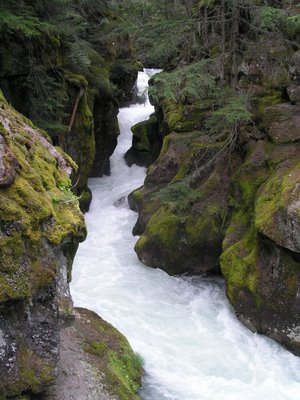We pull off Interstate 90 east of Sioux Falls, South Dakota. The museum has no other visitors. Ray Janish comes to meet me. Mrs Phred stays in the RV on her cell phone.
Ray is in his 70s. He is an Austrian immigrant. There are lots of Germans immigrants and pretty Lutheran churches in this area. Ray takes me through the blacksmith shop, two barns full of restored tractors, a barn full of farm equipment and an old one-room school house.

I really like the 1937 Thielman tractor. It cost $185 during the Depression and came without an engine. You added your own Model A or Packard straight eight engine. There is also a two cylinder gasoline engine washing machine. Ray threw his away after they brought electricity to his farm in the 50s.
There are potato planters, corn planters, bob-sled type hay wagons, grain elecators, combines and a nice assortment of antique automobiles in addition to the tractors. Some of the old one-lung gasoline engines are called 'hit-and-miss' engines and fire off every once in a while when conditions are right.

There are few of the steel wheel tractors I had hoped to see. Ray tells me most of these were melted down for scrap during WWII. Also the big new diesels with enclosed cabs, air-conditioning and headlights are missing. Ray looks sad about these when I ask and says they never should have put diesels and headlights on tractors. It killed the family farm. He says all the kids go off to college now and don't come back.

Most of these tractors run and have been restored by a local farmer who is about 85 now and has been restoring them in his barn for the last 25 years. I'd like to touch one of these paint jobs but it would be like using your flash in the Versailles Palace. I sense that if I did touch one, Ray would just look at me with sad disappointment.
After the museum, we veer off the Interstate and cut south on farm roads though 400 miles of South Dakota and Nebraska farm country. Then seven more days of driving brings us back to Florida to deal with the sale of our house.























